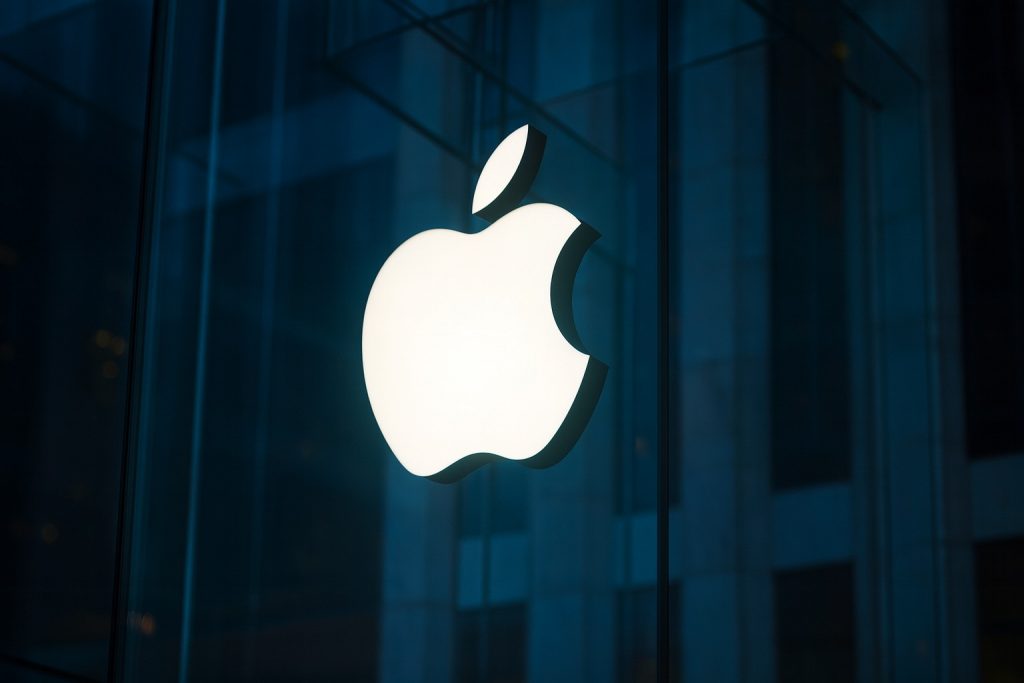Apple researchers released Pico-Banana-400K, an extensive dataset containing 400,000 curated images designed to improve how artificial intelligence systems edit photos based on text prompts, the company disclosed in a research paper published this week.
The large-scale dataset aims to address what Apple describes as a critical gap in current AI image editing training, where progress has been constrained by inadequate datasets built on real photographs. While systems like GPT-4o can perform impressive edits, researchers argue that lack of large-scale, high-quality training data has limited advancement in the field.
Systematic Approach to Quality and Diversity
What distinguishes Pico-Banana-400K from previous datasets is Apple’s systematic approach to quality control and comprehensive coverage. Images are organized into 35 distinct editing types across eight categories, ranging from basic adjustments like color changes to complex transformations such as converting people into Pixar-style characters or LEGO figures.
Apple built the dataset using Google’s Gemini-2.5-Flash-Image model, also known as Nano-Banana, to generate edits, while Gemini-2.5-Pro served as an automated quality control system evaluating results based on instruction adherence and technical quality. Each image in the set underwent this rigorous AI-assisted verification process before inclusion.
The methodology reveals Apple’s recognition that synthetic data generation—rather than manual curation—represents the only scalable path to datasets of this magnitude. Human annotation of 400,000 image edits would require prohibitive time and cost, making AI-assisted curation essential despite potential quality tradeoffs.
The dataset includes three specialized subsets: 258,000 single-edit examples for basic training, 56,000 preference pairs comparing successful and unsuccessful edits, and 72,000 multi-step sequences showing how images evolve through multiple consecutive edits.
These distinct subsets serve different training purposes. Single-edit examples teach models fundamental transformation capabilities, preference pairs enable reinforcement learning from human feedback (RLHF) style training, and multi-step sequences help models understand how sequential edits compound and interact.

Exposing Current AI Limitations
Apple’s research revealed significant limitations in contemporary image editing models. While global style changes succeeded 93% of the time, precise tasks like moving objects or editing text showed success rates below 60%. These findings provide valuable insights into where AI image editing still falls short of user expectations.
The performance gap between global and local edits highlights a fundamental challenge in AI image editing. Applying filters or style transfers affects entire images uniformly, making these transformations relatively straightforward. However, precisely manipulating individual objects while preserving surrounding context requires sophisticated spatial reasoning that current models struggle to achieve consistently.
Text editing proved particularly challenging, likely due to the difficulty of maintaining legibility while modifying individual characters or words. OCR (optical character recognition) and text generation represent distinct AI capabilities that image editing models must coordinate seamlessly—a technical hurdle that 40% failure rates suggest remains unsolved.
Research Implications and Industry Impact
The full Pico-Banana-400K dataset is freely available for non-commercial research on GitHub, allowing developers and researchers to use it for training more advanced AI image editing systems. According to researchers, the dataset creates “a solid foundation for training and testing the next generation of text-instructed image editing models.”
Apple’s decision to release the dataset publicly rather than keeping it proprietary reflects the company’s recent shift toward more open AI research practices. While Apple historically kept research closely guarded, the company has increasingly published papers and released tools that benefit the broader AI community.
The non-commercial restriction prevents direct integration into commercial products but allows academic researchers and open-source developers to advance the field. This balance protects Apple’s competitive interests while contributing to fundamental research progress.
Technical Architecture and Training Applications
The 35 editing types span categories including object manipulation, style transfer, attribute modification, background changes, composition adjustments, text editing, quality enhancement, and creative transformations. This comprehensive taxonomy ensures models trained on the dataset develop broad editing capabilities rather than narrow specialization.
Multi-step editing sequences prove particularly valuable for training models that must handle complex user workflows. Real-world image editing rarely involves single transformations—users typically make multiple adjustments to achieve desired results. Models trained on sequential edits should better understand how changes accumulate and potentially predict logical next steps in editing workflows.
The preference pairs enable training approaches similar to those used for large language models, where models learn from comparisons between better and worse outputs rather than just input-output pairs. This technique has proven effective for improving model alignment with human preferences in text generation and may yield similar benefits for image editing.
Benchmark Results and Model Evaluation
Apple evaluated several contemporary models using the dataset, providing baseline performance metrics that future research can reference. The testing revealed that even advanced models struggle with tasks requiring precise spatial reasoning, fine-grained control, or understanding of physical constraints.
The 93% success rate on global style changes suggests these models have largely solved that category of edits. However, the sub-60% performance on precise tasks indicates substantial room for improvement before AI image editing can reliably handle the full range of edits users might request.
These baseline results establish clear targets for future model development. Researchers can now quantify progress by measuring performance improvements on specific editing categories where current models underperform.
Looking Toward Practical Applications
Apple’s investment in image editing AI likely connects to future features for Photos app and other Apple products. While the dataset itself serves research purposes, improvements in image editing models trained on such data could eventually power consumer-facing features.
The emphasis on text-instructed editing aligns with Apple’s broader AI strategy of making technology more accessible through natural language interfaces. Rather than requiring users to master complex editing software with countless controls, text-based editing enables casual users to achieve desired results through simple descriptions.
Whether Pico-Banana-400K successfully accelerates AI image editing progress depends on researcher adoption and the quality of models trained using it. The public release ensures widespread access, but translating this resource into tangible capability improvements requires sustained research effort across the AI community.
The dataset represents Apple’s bet that progress in AI image editing depends less on algorithmic innovations than on access to comprehensive, high-quality training data. Time will tell whether this hypothesis proves correct or whether fundamental architectural breakthroughs remain necessary to close the performance gaps Apple’s research identified.




Post a comment